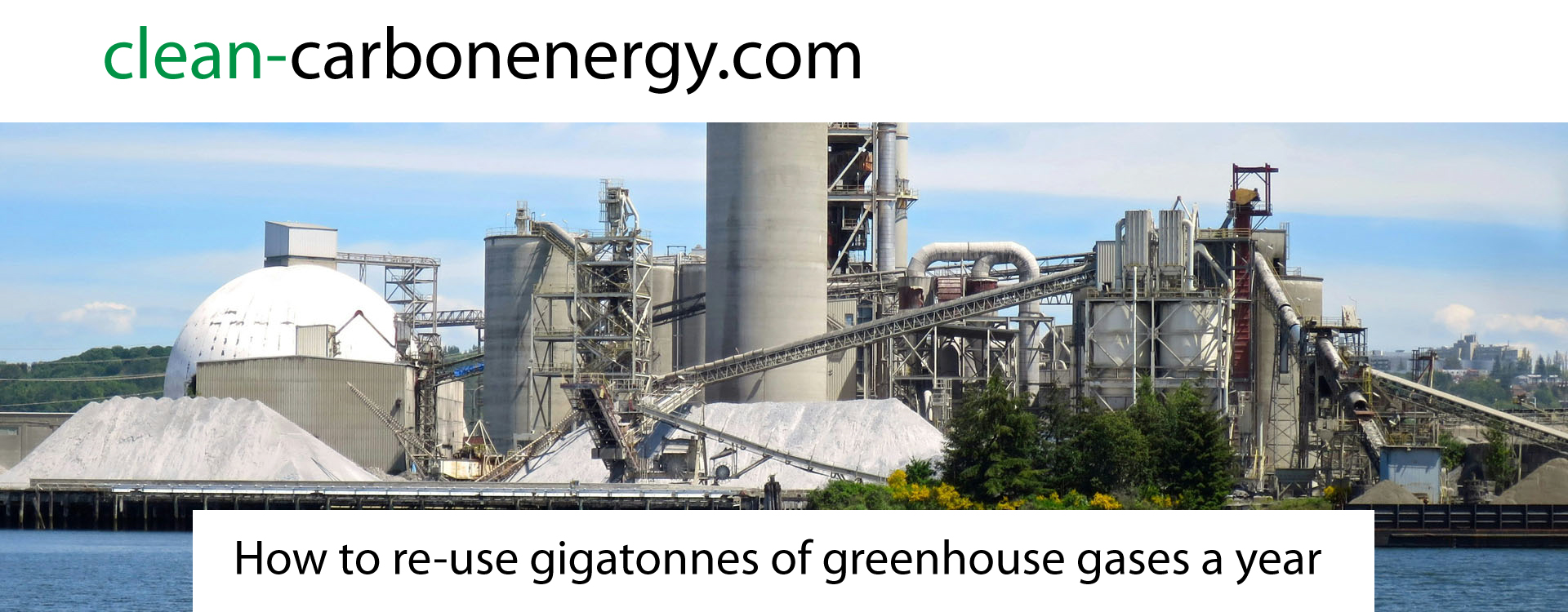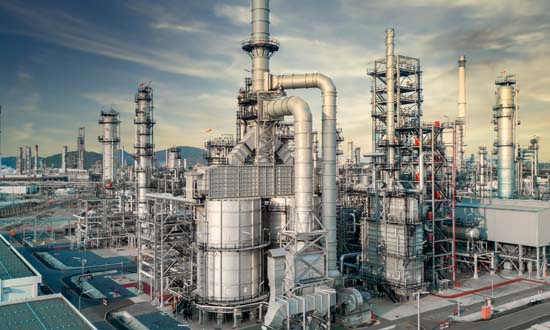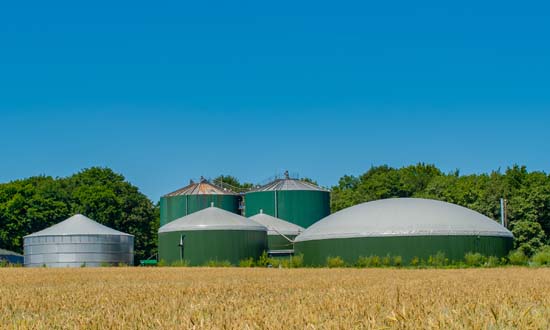
Decarbonising Cement
Cement production is responsible for at least 5% of global carbon dioxide emissions. Where a supply of natural gas is available, we propose capturing the CO2, adding natural gas and air, and making syngas at the site. This can be further processed to valuable chemicals.
Cement production involves the handling of large quantities of solid material, which needs to be ground down, and mixed thoroughly. However, it is the decomposition of the calcium carbonate to lime which really produces the CO2 emissions.
Traditional cement production relies on burning fossil fuels, typically coal or natural gas, to decompose chalk, calcium carbonate, to produce lime, calcium oxide. This involves high temperatures, and therefore a lot of energy, and high emissions.
CaCO3=CaO + CO2
However, there is a second problem, the chemical conversion from calcium carbonate to calcium oxide also releases carbon dioxide. This double-whammy is why cement production has such a large carbon footprint.
SPOCC Reactor
The Self-Powered CO2 Converter combines methane, CO2 and air at elevated temperature. Once at temperature, the reactions are self-sustaining.
Take a look to see how the technology works.
Sustainable Aviation Fuel
Anaerobic digesters convert organic matter into a mixture of methane and CO2. The SPOCC Reactor can be used as part of a route to produce sustainable aviation fuel. For an explanation.
Use Refinery Emissions
Oil refineries have a massive carbon footprint, partly through burning hydrocarbon fuels for heat, and partly as a byproduct from the chemical reactions themselves. We propose using the carbon dioxide as a raw material alongside oil and gas to make more sustainable use of available carbon resources.
Read how the SPOCC Reactor makes this possible.

